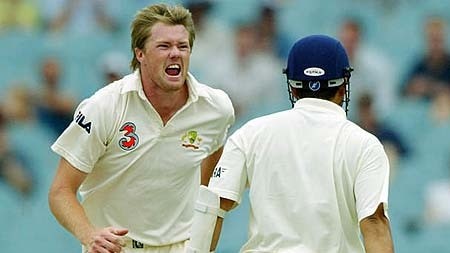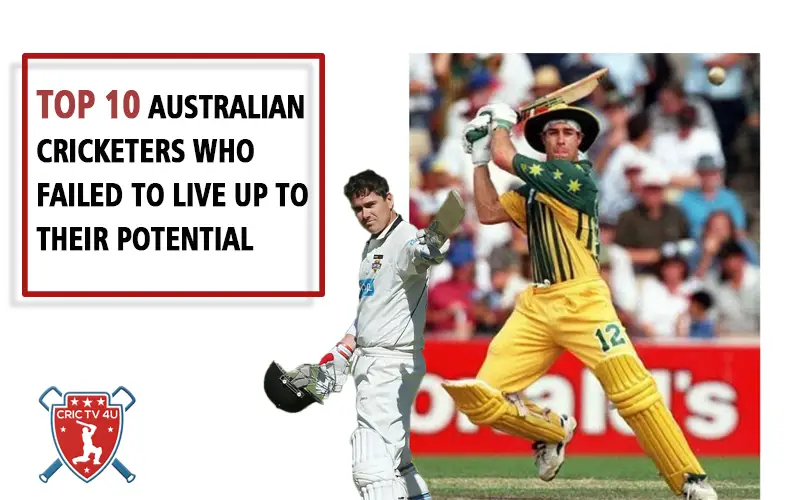Australia has had access to a wealth of players with elite talent in every format since the start of international cricket. There has never been a shortage of cricketers who have contributed significantly to their team's success, be it Dennis or Shane Warne. But they've also had their share of players who didn't live up to their enormous potential, just like every other nation.
The top 10 cricketers from Australia who didn't reach their full potential are listed below:
1. Mark Waugh
Although Mark Waugh is regarded as a legend of Australian cricket and was just inducted into the Hall of Fame, it is possible that he was not fully aware of the immense potential he possessed as a batter. When he was at his peak, he was gifted with the ability to stroke the ball with perfect ease. Some of his stroke-play even caused opponents to rise and cheer. Given that, he should have performed far better than his 8029 runs from 128 Tests, averaged 41.81, and included 20 hundred. Even though he always had a gorgeous face when he had the bat in his hand, he frequently threw away his wicket. He lacked the desire for significant scores, as evidenced by his most outstanding score in a Test match was only 153*. But in ODI cricket, he lived up to his potential by amassing 8500 runs from 244 ODIs at an average of 40.

2. Michael Bevan
Michael Bevan, widely regarded as one of the finest finishers in the sport’s history, was the primary planner behind many of Australia's historic ODI victories in the 1990s and 2000s. No one questions Bevan's status as an ODI player with his 6912 runs from 232 games and average of 53.58. In Tests where his vulnerabilities to the short ball were tested and shown by the opposition, he did not experience anything close to the same happiness. His Test career was ultimately restricted to 785 runs from 18 Tests at an unimpressive average of 29.07 and without a single century to his credit, despite several attempts to carve out a successful Test career.

3. Marcus North
Marcus North was eventually rewarded in 2009 with a national call-up after working tirelessly in domestic cricket for many years without recognition. He demonstrated why he ought to have been given an opportunity much earlier when he scored a magnificent century against South Africa in his Test debut before adding three more runs to his total during the 2009 Ashes series. He couldn't keep up his early form, though, and during the 2010–11 Ashes series, he was finally cut from the squad. The left-hander has continued to have some success domestically, but it is doubtful that he will return to the very top level.
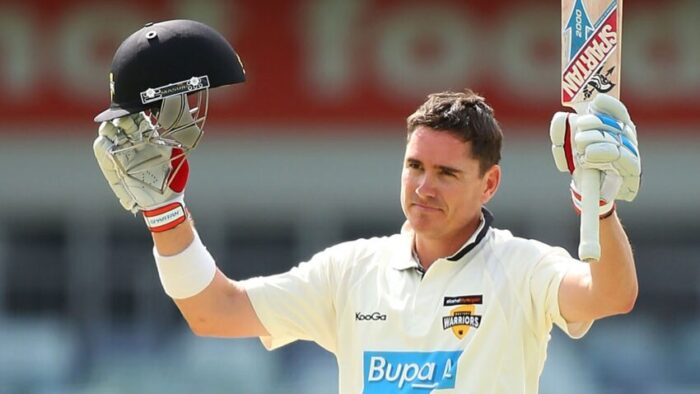
4. Stuart Clark
The lanky New South Wales bowler had a talent for accurately and precisely delivering the appropriate lengths, and he made good use of his height to produce a lot of bounce. With 15 wickets at an astounding average of 15.75 in his Test debut series against South Africa, he was named Man of the Series. Clark was the series' top wicket-taker in the 2006–07 Ashes, taking 26 wickets in Australia's 5-0 rout of England. This was an impressive feat considering he competed against bowlers like Glenn McGrath and Shane Warne. He ultimately lost favor with the selectors since he could not duplicate his early achievements. He played just 24 Tests and 39 ODIs, collecting 94 and 53 wickets, respectively, despite possessing all the traits of a top-notch seam bowler.

5. Cameron White
The legendary Shane Warne was compared to Cameron White at one time, giving the impression that White would become an Australian star in the future. With his devastating hitting, leg-spin, and leadership qualities, he was a complete package. White succeeded as a hard-hitter despite the Australian selectors' early perceptions that he was a leg spinner. He wasn't successful in the five-day format, but he was successful in the shorter forms. In 2011, he was named the T20 team's captain. He also demonstrated his leadership skills in the IPL. After a disappointing World Cup campaign in 2011, he fell out of favor. George Bailey finally won the T20 leadership. He doesn't seem to be able to meet the early expectations, but he still has time to have a respectable international career.
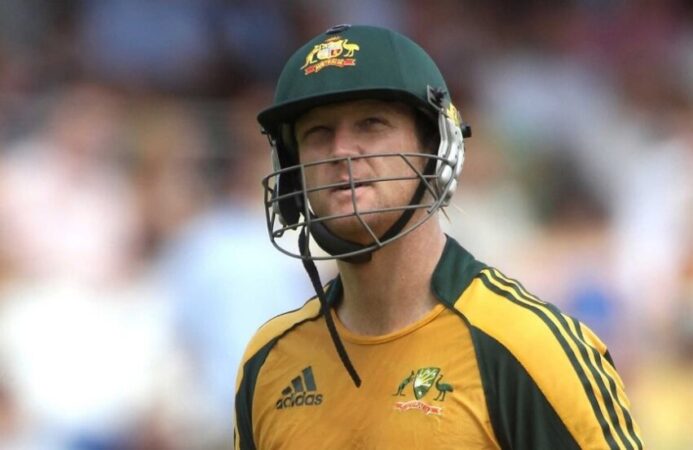
6. Shaun Marsh
Shaun Marsh received a national call-up in 2008 due to his success in the IPL's first season, consistent domestic summer play, and domestic summer success. Marsh was first given a shot in the shorter forms, but he had to wait for another three years before making his Test debut. One of just a few Australians to make a century in their first Test match, he got things off to a flying start. For a while, it appeared as though Marsh would be around for good, but a mix of inconsistent play and injuries repeatedly turned out to be his undoing. When he scored just 17 runs from 4 Test matches against India at home in 2011–12, a dismal average of 2.83, it was one of the lowest points in his career. Marsh, though, has an opportunity to revive his career and make a name for himself on the side, unlike many others on this list. One genuinely hopes he does, given the visual delight his stroke-play provides.
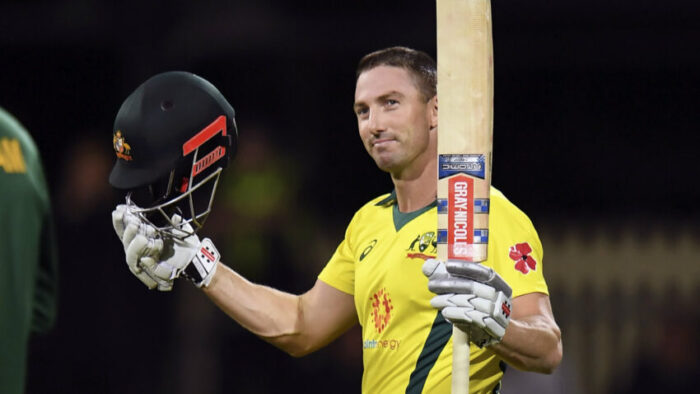
7. Greg Blewett
Greg Blewett ought to have had a more successful international career, given that he was regarded as one of the most promising batters in Australian cricket in the 1990s. He only scored 2552 runs at a 34.02 average while amassing more than 17000 runs at a slightly below 45 average in first-class cricket. Even worse, he only amassed 551 runs from 34 ODIs throughout his career, averaging roughly 20 runs per game. Blewett cannot complain about not having enough opportunities, unlike Stuart Law, a contemporary player who was as skilled but only played in two Tests. Law played no less than 46 Tests, and by that point, he ought to have solidified his place in the team.

8. Shaun Tait
Shaun Tait is a member of a unique breed of bowlers that can bowl at speeds of between 155 and 160 kph. Perhaps, for this reason, it is a huge shame that Tait has only been able to play 57 international games than it otherwise would be. Despite his propensity for being unpredictable, his sheer pace can let him win a game by himself on occasion. His inability to maintain his form for an extended length of time during his career has been an unfortunate side effect of his ability to bowl incredibly quickly.

9. Nathan Bracken
The successful Australian ODI team in the middle of the 2000s included a left-arm bowler who could swing the ball both ways. He played in 116 ODIs and claimed 174 wickets, helping him maintain his position as the No. 1 ODI bowler for a considerable period. His average and economy rates were exceptional, coming in at 24.36 and 4.41, respectively. The fact that he only played in 5 Tests and claimed 12 wickets at a costlier than 40 average and a strike rate close to 100 indicates that his Test career was incredibly disappointing.
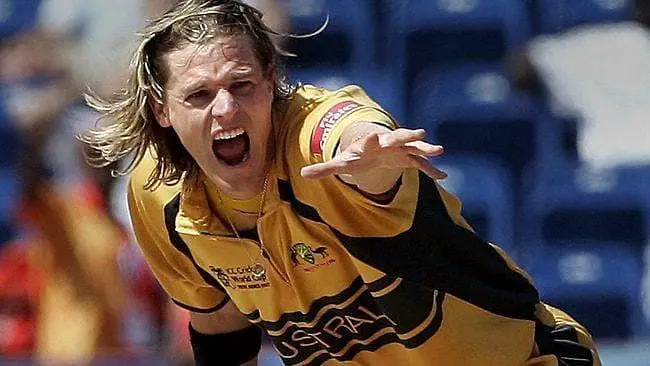
10. Brad Williams
One of those athletes with considerable promise, he was seen as a future star. At one point, it was anticipated that the Victorian would revolutionize cricket due to his blistering pace. His selection for the national team was made possible by a solid domestic season in 2001 that included 50 wickets. He was limited to just playing 4 Tests and 25 ODIs due to several ailments that come with being a fast bowler, which prevented him from having a successful international career.
